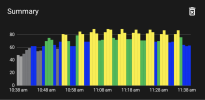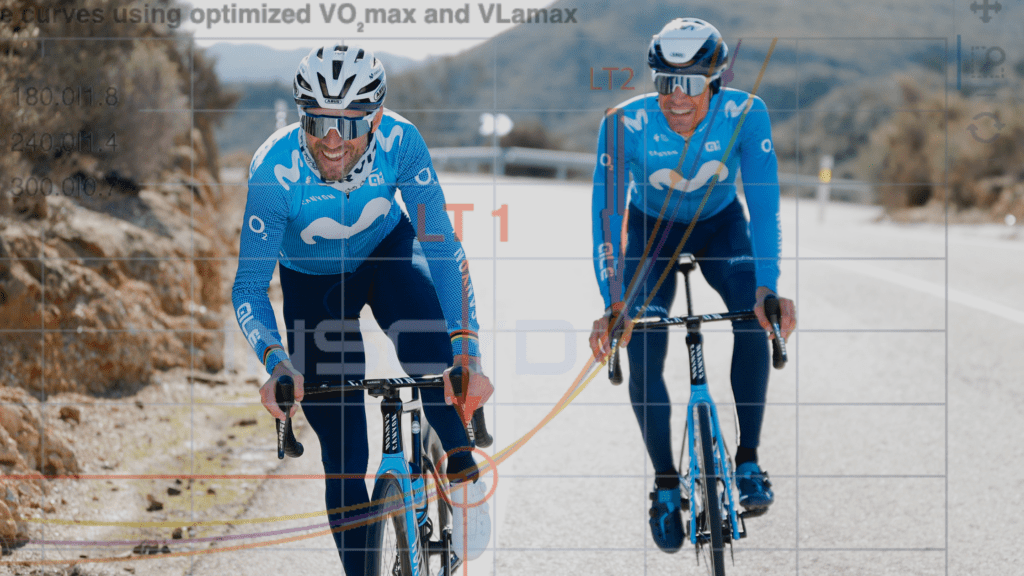sckiely
Level 5 Valued Member
So I don't have many hills so I applied this to the stepper machine in my gym and took 2 steps at a time for 2min on @ threshold HR and 3min rest.
This got really tough. But with my Spartan races looming I can see how this will really give me that boost I need as I've been recovering from a couple of injuries and havent prepped too well
This got really tough. But with my Spartan races looming I can see how this will really give me that boost I need as I've been recovering from a couple of injuries and havent prepped too well


